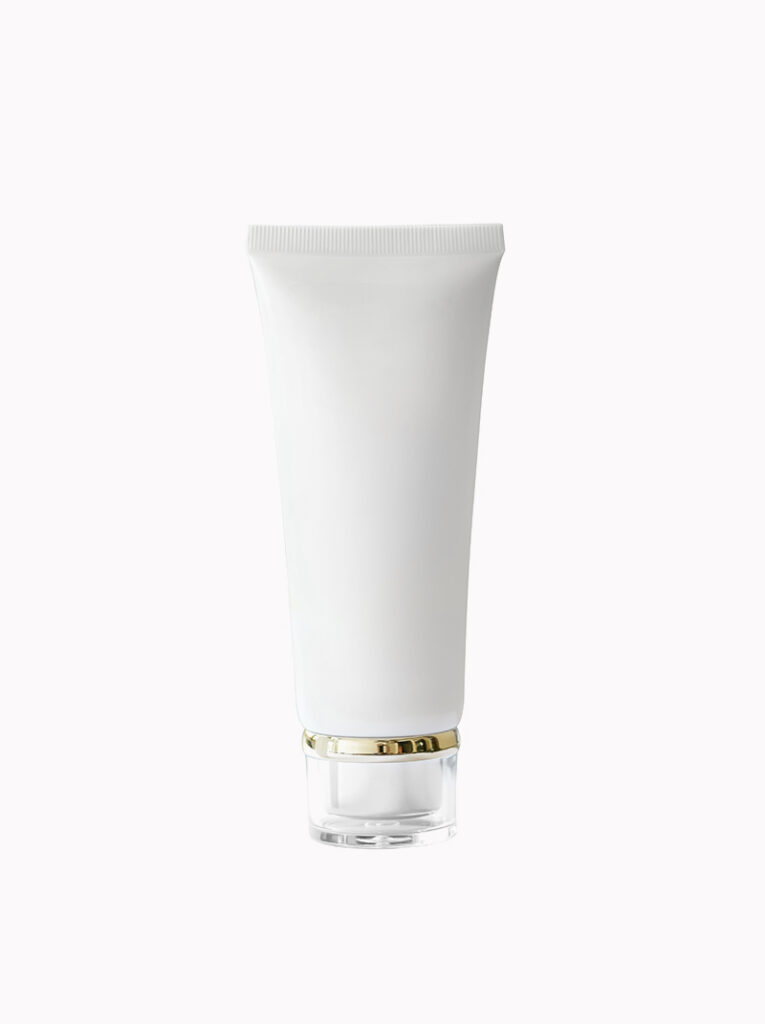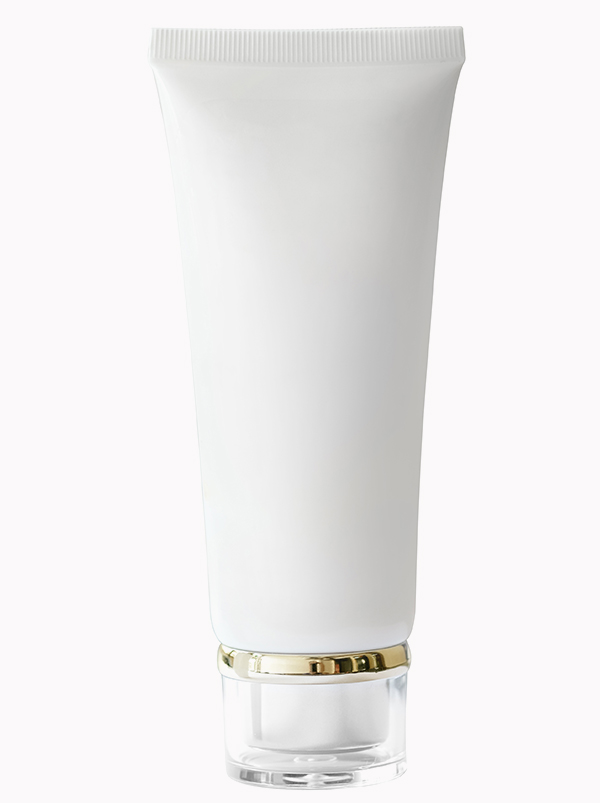
HOW TO KNOW MY SKIN TYPE?
Hello my loves! It has been a while since my last blog post, and I am happy to finally be able to get back to sharing more content with you all! Today, I bring you all a very special post I had been wanting to write and get frequently asked on my beauty service appointments and social media as well.
Let’s talk about skin types. You may have heard about normal, oily, dry, or combination skin types. But which one do you have? Stay with me in this post to discover not only your skin type but also how to choose the right ingredients for your skin. When referring to skin types, there are four: normal, dry, oily, and combination skin. Your skin type is determined by genetics. However, The condition of our skin can change over time according to the various internal and external factors it is subjected to. Your type depends on how much water is in your skin, its sebum production, how sensitive it is to certain ingredients, conditions, etc. So let’s get started and let me explain to you the different skin types and their characteristics:
Normal Skin:
It normally refers to well-balanced skin: neither too oily nor too dry. Normal skin can be identified by these conditions:

Dry Skin:
This skin type produces less oil than normal skin. Dry skin lacks the lipids that it needs to retain moisture and build a protective shield against external influences. Dry skin may worsen with aging or hormonal changes, drier, colder or warmer weather, ingredients in soaps, cosmetics, or cleansers. To identify if your skin is dry, look for these signs:

Oily skin:
This type has increased sebum production. This overproduction is known as seborrhea. Different factors can trigger the overproduction of sebum, such as genetics, hormonal changes and imbalances, medication, stress, and comedogenic products. To recognize if you have oily skin, you may notice:

Combination skin:
For this skin type, skin consists of a mix of skin types because it varies in the T-zone and the cheeks. The T-zone may be oily while the cheeks become drier. Dry skin can be identified by:

Another way to know your skin type is by using the Blotting Sheet Method. By gently patting a blotting paper on the different areas of your face, the paper will absorb the oil to help you identify your skin type. To determine how much oil is produced, hold the sheet up to the light. If the sheet picked up little to no oil, you most likely have dry skin. If the blotting sheet reveals oil from the forehead and nose areas, your skin is normal/combination. Finally, if the blotting paper is saturated with oil, it is extremely likely that you have oily skin.
It is extremely important to identify our skin type as it will allow us to choose the right products to maintain our skin and address our skin’s needs. Knowing your skin type also helps when buying makeup products, so that your foundation stays in place longer and the formulation according to your skin type will enhance your natural features while improving the appearance of your skin.
I hope this information helps you find your true skin type. But if you’re still asking yourself, “What is my skin type?” don’t do it alone. I’m here to help! Schedule a consultation HERE to receive expert, tailored advice. I will talk to you about your skincare concerns, including diet, lifestyle, and history. At the end of your consultation, you will know your correct type and will receive a personalized treatment plan. Have more questions? Let me know in the comments!
CÓMO SABER CUÁL ES MI TIPO DE PIEL?
Hola mis amores ¡Ha pasado un tiempo desde mi última publicación en el blog y estoy feliz de finalmente poder volver a compartir más contenido con todos ustedes! Hoy les traigo a todos una publicación muy especial que quería escribir desde hace un buen rato y me preguntan con frecuencia en mis citas de servicios de belleza y en mis redes sociales también.
Hablemos sobre los tipos de piel. Es posible que hayas escuchado sobre los tipos de piel, que si normal, grasa, seca, mixta, etc. ¿Pero cuál en realidad tienes? Quédate conmigo para descubrir no sólo tu tipo de piel, sino también cómo elegir los productsos que le ayudarán a tu piel.
Al referirse a los tipos de piel, existen cuatro: piel normal, seca, grasa y mixta. Tu tipo de piel está determinado por la genética. Sin embargo, la condición de nuestra piel puede cambiar con el tiempo de acuerdo con los diversos factores internos y externos a los que está sujeta. Tu tipo de piel depende de la cantidad de agua que tu piel puede retener, su producción de sebo, cuán sensible es a ciertos ingredientes, condiciones, etc. Así que comencemos y dejame explicarte los diferentes tipos de piel y sus características:
1. Piel normal:
Normalmente se refiere a una piel bien equilibrada: ni demasiado grasa ni demasiado seca. La piel normal se puede identificar por estas condiciones:
-Poros finos
-Textura suave y lisa
-Rosada y transparencia uniforme
-Sin imperfecciones / no es propensa a la sensibilidad
2. Piel seca:
Este tipo de piel produce menos grasa que la piel normal. La piel seca carece de los lípidos que necesita para retener la humedad y construir un escudo protector contra las influencias externas. La piel seca puede empeorar con el envejecimiento o los cambios hormonales, un clima más seco, más frío o más cálido, ingredientes en jabones, cosméticos o limpiadores. Para identificar si tu piel es seca, debe tener las siguientes características:
-La piel se siente apretada, áspera y se ve opaca.
-La elasticidad de la piel es baja
-Es escamossa y de apariencia manchada.
3. Piel grasa:
Este tipo de piel tiene mayor producción de sebo. Esta sobreproducción se conoce como seborrea. Diferentes factores pueden desencadenar la producción excesiva de sebo, como la genética, los cambios hormonales y los desequilibrios, medicación, el estrés y los productos comedogénicos. Para reconocer si tiene piel grasa, puedes notar:
-Poros dilatados
-Brillo generalizado en el rostro
– Propensa a comedones, puntos negros u otras imperfecciones.
-El acné a menudo aparece en la zona T, especialmente durante la pubertad.
4. Piel combinada:
Para este tipo, la piel consiste en una mezcla de tipos de piel porque varía en la zona T y las mejillas. La zona T puede ser grasosa mientras las mejillas se vuelven más secas. La piel seca se puede identificar por:
-Zona T oleosa
– Poros dilatados en la zona T con algunas impurezas.
-Mejillas normales a secas
Otra forma de conocer tu tipo de piel es mediante el método de la hoja de transferencia. Al presionar suavemente un papel absorbente en las diferentes áreas de la cara, el papel absorberá el aceite para ayudarte a identificar tu tipo de piel. Para determinar cuánto sebo se produce, sostén uan hoja absorbente y mirala hacia la luz luego de haberla presionado en tu cara por unos minutos. Si la hoja recogió poco o nada de aceite, lo más probable es que tengas la piel seca. Si la hoja revela aceite de las áreas de la frente y la nariz, tu piel es normal / combinada. Finalmente, si el papel está saturado de aceite, es muy probable que tenga la piel grasa.
Es extremadamente importante identificar nuestro tipo de piel ya que nos permitirá elegir los productos correctos para mantener nuestra piel saludable y satisfacer sus necesidades. Conocer tu tipo de piel también ayuda cuando compras productos de maquillaje, así la base permanecerá intacta por más tiempo y la formulación de acuerdo con su tipo de piel mejorará la apariencia de tu piel.
Espero que esta información te ayude a encontrar tu verdadero tipo de piel. Pero si todavía te preguntas “¿Cuál es mi tipo de piel?”, No lo hagas solo/a. ¡Estoy aqui para ayudarte! Agenda una consulta AQUI para recibir asesoramiento personalizado. Te hablaré sobre sobre el cuidado de tu piel, incluyendo la dieta, el estilo de vida y los factores que influyen en mantener tu piel saludable. Al final de tu consulta, sabrás tu tipo correcto y recibirás un plan de tratamiento personalizado. ¿Tienes más preguntas? ¡Házmelo saber en los comentarios!
Recuerda eres bella/o y! Abrazos,
Jess.






